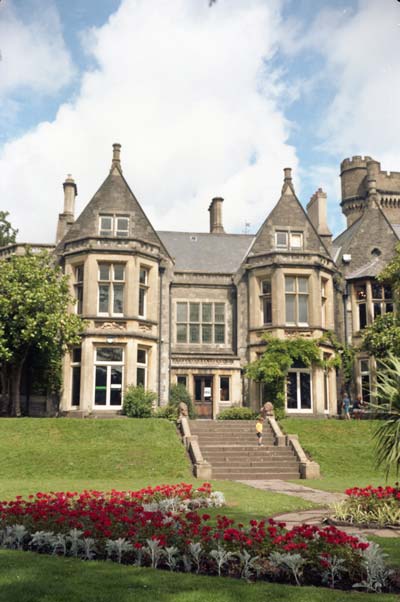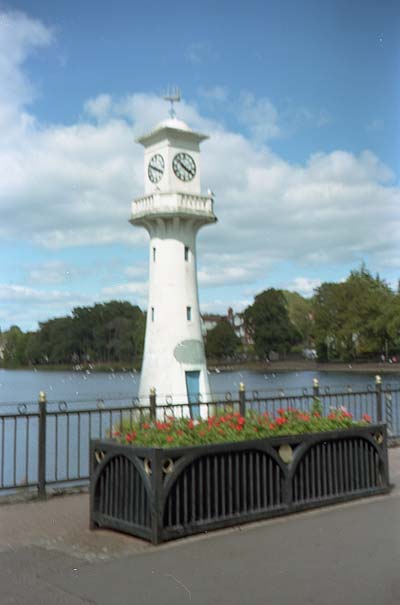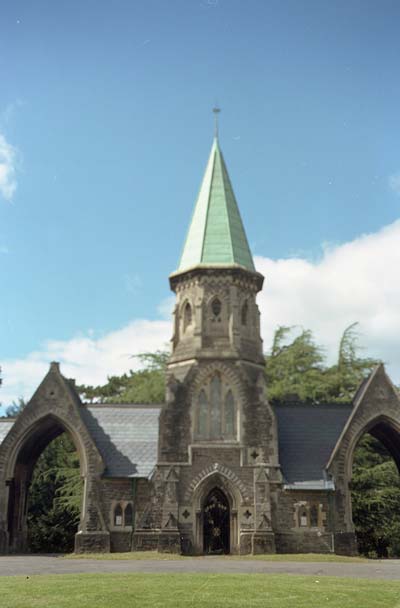Houghton Super May Fair
Specification

| Manufacturer | : | Houghton-Butcher |
|---|---|---|
| Produced | : | 1933 |
| Classification | : | Medium Format |
| Body Type | : | Folding Bed |
| Bellows Deployment | : | Sliding Rail |
| Construction | : | Metal |
| Film Type | : | 120 |
| Film Width | : | 62mm |
| Image Size | : | 2¼ x 3¼ |
| No. of Images | : | 8 |
| Lens Type | : | Gloriar Anastigmat |
| Focus Type | : | Variable |
| Focal Length | : | 105mm |
| Focal Range | : | Portrait, 5ft - inf. |
| Aperture Type | : | Iris |
| Apertures | : | f/6.3 - f/32 |
| Shutter Type | : | leaf |
| Shutter Speeds | : | T, B, I(1/25, 1/50, 1/100) |
| Size Open (w x h x d) | : | 80 x 160 x 135 mm |
| Size Closed (w x h x d) | : | 80 x 160 x 32 mm |
| Weight | : | 575g |
Art Deco Credentials
![]()
![]()
![]()
![]()
Significant: Pronounced and self evident
- Produced during the main Art Deco period.
- Striking geometric pattern in black and chrome on front plate.
- Chrome used on struts.
- Chrome detailing throughout
- Embossed rectangle patterns on body material.
- Name plate with Art Deco lettering
Description
The Super May Fair camera was made by the Houghton-Butcher Manufacturing Co Ltd. for the Ardath company. "May Fair" was a cigarette brand name and this camera was given away as a premium item in return for cigarette coupons. This camera can be seen in several of the Ardath premium gift catalogues in the early 1930s. It is basically an Ensign Carbine No.3 with a different lens/shutter combination.
This folding bed camera is finished in black Moroccan leather but has a black 'crackle' paint finish on the inner face of the folding baseboard. It has real leather bellows. The camera has an attractive faceplate design around the lens.
Focussing is achieved by sliding the lens board along track to various locking positions covering Portrait, 5ft to 21ft and 21ft to infinity. It is fitted with a Gloriar Anastigmat lens together with a 5 speed shutter including B and T. There is provision for a cable shutter release. It has an aperture controlled by a iris and has aperture positions from f/6.3 to f/32.
Framing is achieved by either using the bright double lens reflex viewfinder attached to the lens board or by using an 'Iconometer' fold out wire frame in conjunction with a metal back sight that slides out from the back of the camera. It has two tripod mount bosses catering for both portait and landscape shots.
How to Use
This camera takes 120 film which is readily available.
Shutter speeds available are 1/25s, 1/50s and 1/100s.
If you don't want to bother with an exposure meter, follow the guide shown. It is based on the 'Sunny 16' rule. Film is so forgiving and will produce acceptable results even when overexposed by 2 or 3 stops or underexposed by 1 stop. Number of stops over or under exposure shown in brackets.
Remember that the exposure guide in the camera user manual may not be helpful as it is based on the use of old film with a low ISO value.
The tables assume that the sun is at least 30 degrees above the horizon - that's 10am - 5pm on a summer's day in the UK.
If you are not sure about the light level, err on the side of overexposure - i.e. assume the smaller f number.
Where there is a choice, a larger f number will give a larger depth of field.
For the slower speeds, you may need a tripod to stop blur through shake.
Using ISO 100/125 film
Exposure
Green=Good
Amber=Acceptable
Red=Not Acceptable
| Weather Conditions | Shadow Detail | Shutter Speed (s) | ||
|---|---|---|---|---|
| 1/25 | 1/50 | 1/100 | ||
 Sunny SunnySnow/Sand | Dark with sharp edges | f/32 (+1) | f/32 | f/22 |
 Sunny Sunny | Distinct | f/32) | f/22 | f/16 |
 Slight Overcast Slight Overcast | Soft around edges | f/22 | f/16 | f/11 |
 Overcast Overcast | Barely visible | f/16 | f/11 | f/8 |
 Heavy Overcast Heavy Overcast | None | f/11 | f/8 | f/6.3 |
 Open Shade Open Shade/Sunset | None | f/8 | f/6.3 | f/6.3 (-1) |
Photographs taken with this camera
Kodak Portra 160 film. Developed in Tetenal
Not too happy with the focus on this camera. Need to investigate.



